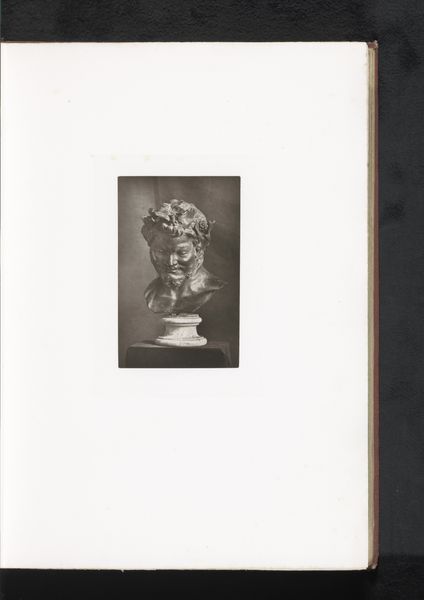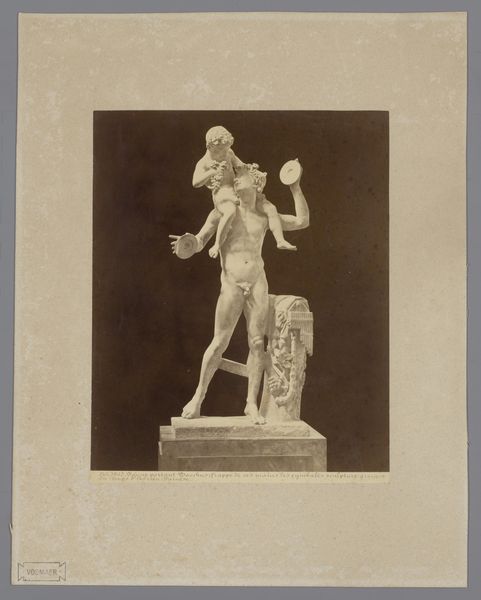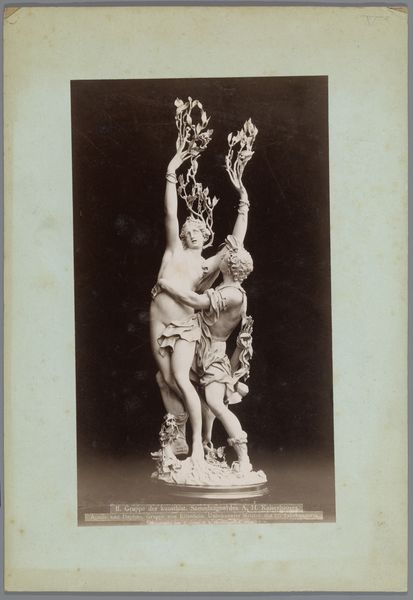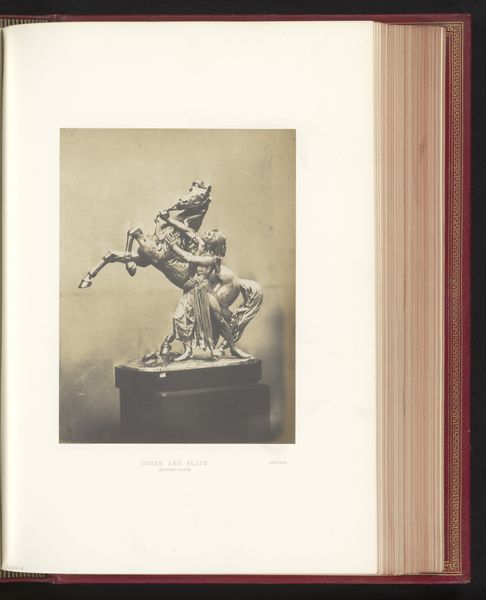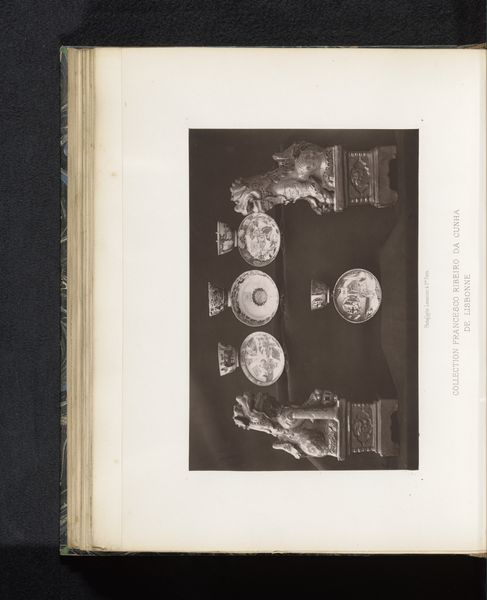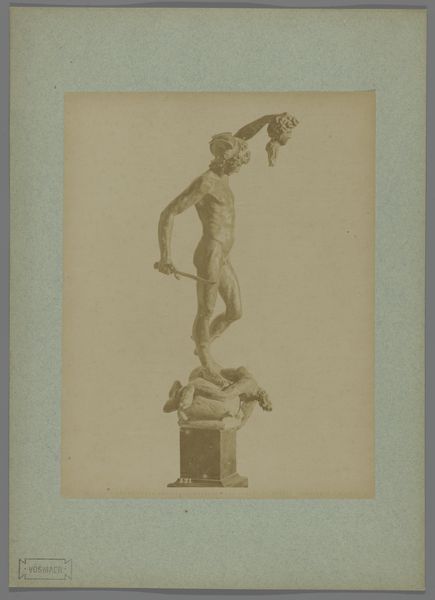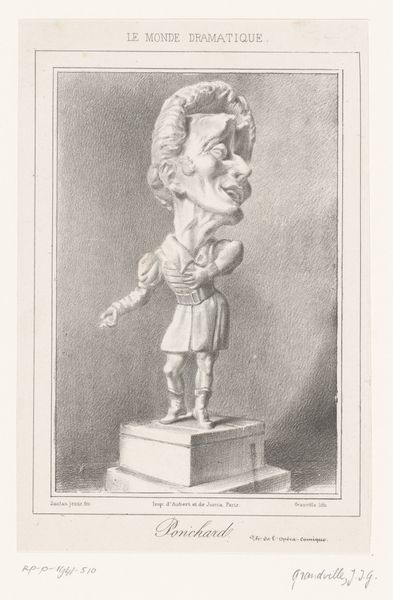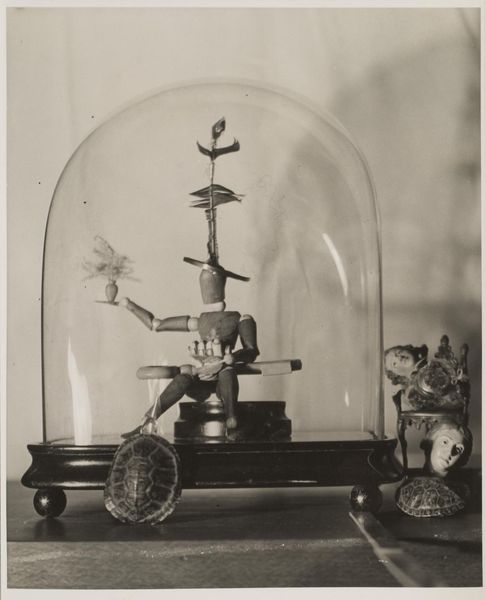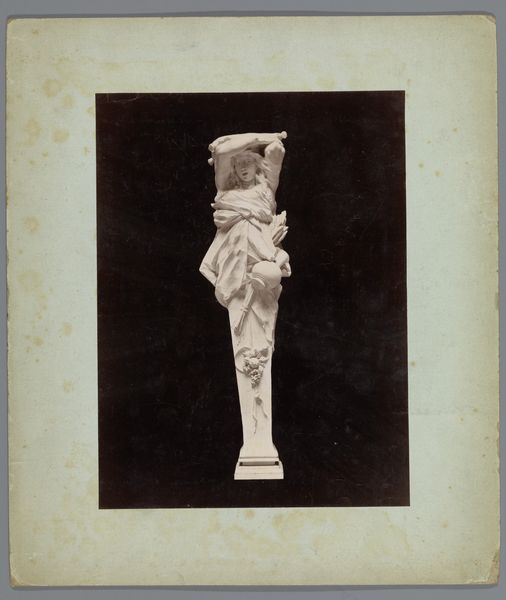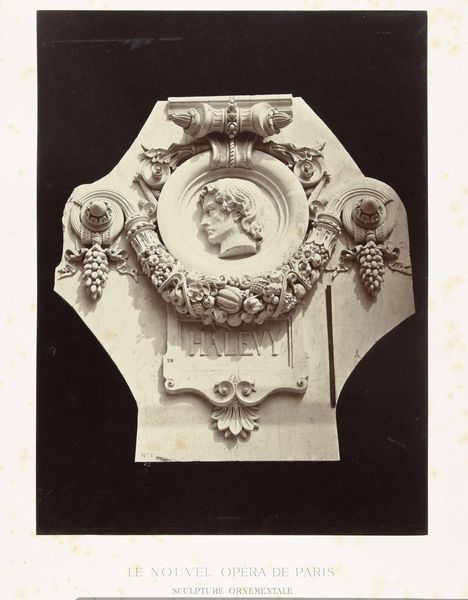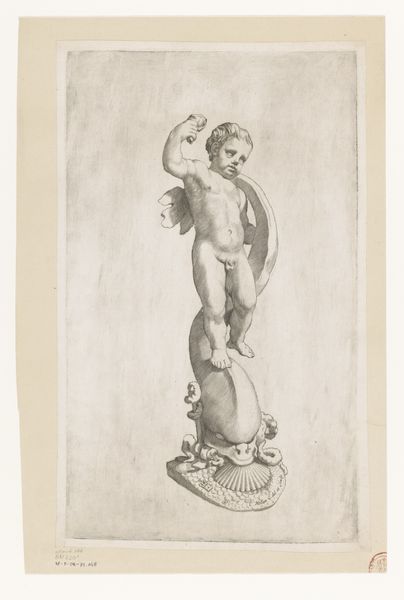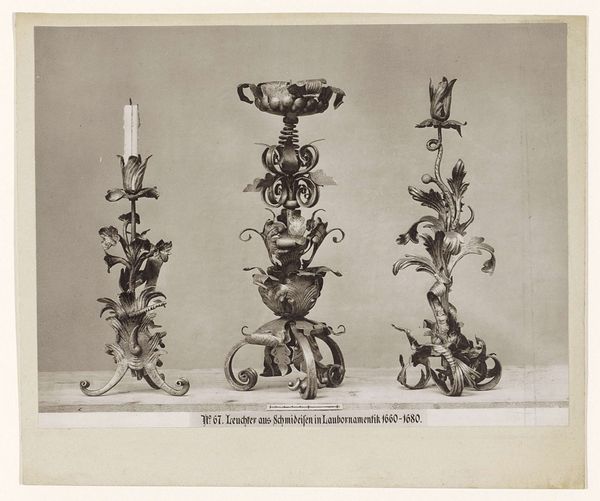
Twee reliekhouders van verguld zilver met een voorstelling van Sint-Joris en de draak 1869 - 1887
0:00
0:00
metal, bronze, sculpture
#
masculine design
#
medieval
#
allegory
#
metal
#
bronze
#
figuration
#
framed image
#
sculpture
#
19th century
#
history-painting
Dimensions: height 228 mm, width 192 mm, height 431 mm, width 540 mm
Copyright: Rijks Museum: Open Domain
Curator: These are a pair of gilded silver reliquaries, depicting Saint George and the Dragon, made sometime between 1869 and 1887. Editor: The craftsmanship is immediately striking; the detail is exquisite, especially considering the materials used. You can see the metalwork shines, almost screaming wealth and power. Curator: Yes, the choice of materials—gilded silver—immediately situates this piece within a historical narrative of religious power and wealth. St. George himself is an allegory. His battle with the dragon isn't just a visual spectacle; it's loaded with symbolic significance regarding overcoming evil and protecting the vulnerable. Consider how notions of chivalry intersect with imperial ambition. Editor: It makes you wonder, doesn't it, about the hands that labored to create these intricate sculptures? And not just the principal artisan, but the less-celebrated ones, all those involved in the mining, smelting, and preparation of the metal itself. Their labor is enshrined here, consumed in service to ideology. What was their stake in this spectacle of piety and power? Curator: Exactly, understanding the socio-political forces in play helps decode what is visible. These reliquaries perform specific cultural work, reinforcing dominant values around faith, heroism, and national identity. St. George becomes a symbol through which these values are articulated and celebrated. We see those values reproduced today when we talk about these issues around masculinity or protection. Editor: Indeed, they functioned not only as containers of relics but as potent symbols. Let’s think about the choice of guilded silver. This material choice, a combination of opulence and devotion, elevated these sculptures above mere craftsmanship; it imbued them with an aura. It makes you think about religious practices and the production of holiness itself. Curator: This intersection of social symbolism with religious meaning gives these objects weight beyond their aesthetic or material value. To examine the St. George legend through intersectional perspectives makes it possible to challenge these artworks as historical artifacts with modern relevance, encouraging deeper consideration for gender, race, and other sociopolitical lenses. Editor: Considering it takes so much raw material, manual skill and precision, I find it remarkable how artisans so successfully captured motion, tension, and an actual narrative, however ideological. This piece represents a high degree of integration between belief, labor, and cultural values. Curator: The layers of context are immense. Analyzing from so many perspectives shows how complex the role of cultural productions are, not just as documents, but active players in creating reality. Editor: Absolutely, examining materiality really anchors my understanding, connecting art not just to ideas but to real labor and its legacy.
Comments
No comments
Be the first to comment and join the conversation on the ultimate creative platform.
